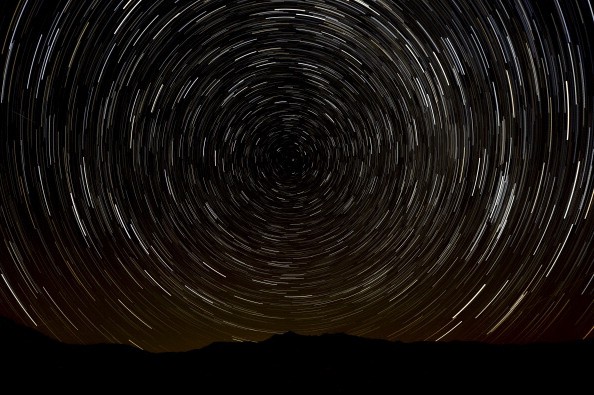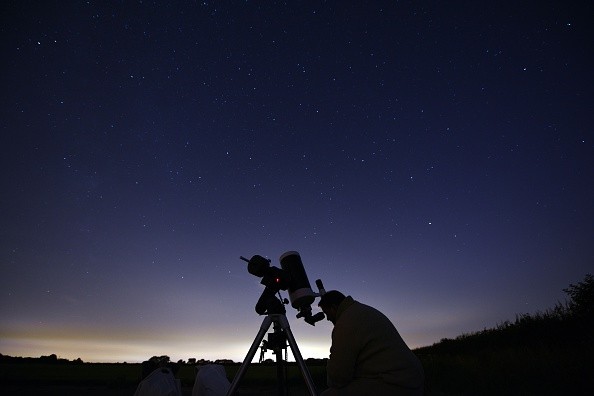The Quadrantids meteor shower will be the first one to appear this coming 2023.

This means that space fans will have something to look forward to after 2022 ends.
Astronomers said Quadrantids are active from Dec. 26 until January 16, 2023.
The meteor shower would be a spectacular one since NASA stated it could produce up to 200 meteors every hour.
If you want to watch the upcoming Quadrantids meteor shower, here's what you need to do.
Quadrantids Meteor Shower 2023 Guide
According to Live Science's latest report, the Quadrantids meteor shower will peak from January 2 until January 3, 2023.

This meteor shower is well-known for its "fireball meteors," which are brighter and longer than other meteors visible on Earth.
To increase your chance of seeing the Quadrantids meteor shower, NASA explained that watchers should like flats to see as much sky as possible.
They are also advised to rest their eyes for 30 minutes in the dark before nighttime or predawn hours.
Of course, you need to go to an area with no city lights. Also, don't forget to bring a tripod or portable chairs if you plan to take photos.
Quadrantids Meteor Shower Fun Facts
Aside from producing fireball meteors, the Quadrantids meteor shower also has fun facts that excite you.
NASA's official website provided some of them:
- The Quadrantids meteor shower got its name from the constellation called "Quadrans Muralis."
- Quadrantids meteors are debris from 2003 EH1; an asteroid that is believed to be a remnant of an extinct comet.
- Quadrantids' fireballs have a magnitude brighter than -3.
- Quadrantids meteors are best viewed in the Northern Hemisphere; this meteor shower can also be seen at latitudes north of 51 degrees south.
If you want to learn more about the Quadrantids meteor shower, you can click this link.
Other stories we previously wrote about meteor showers:
The Subaru-Asashi sky camera captured a meteor cluster over Hawaii in 2021.
The Tau Herculids meteor shower from a crumbling comet recently appeared.
For more news updates about meteors and other space objects, keep your tabs open here at TechTimes.

ⓒ 2025 TECHTIMES.com All rights reserved. Do not reproduce without permission.




